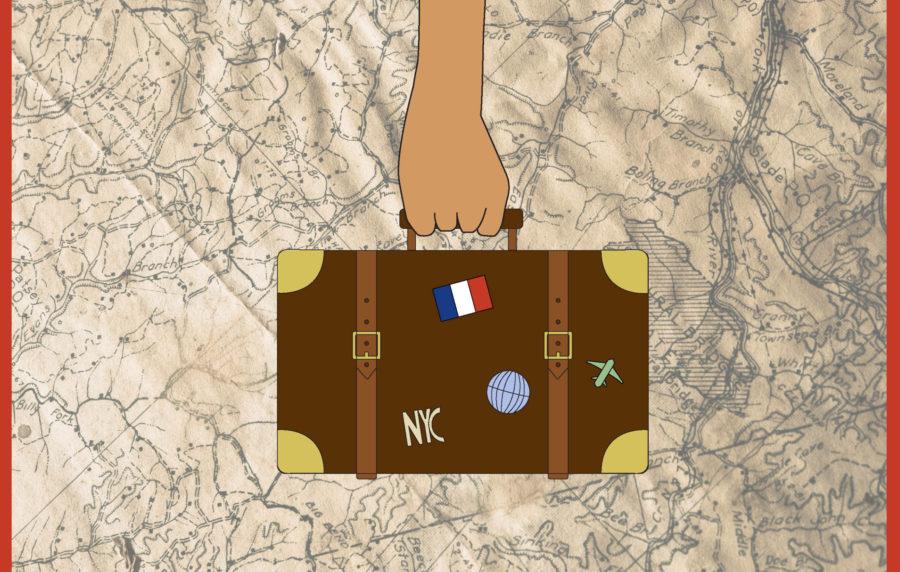A capsule wardrobe can be beneficial in several ways, like saving money, reducing space and recycling clothes.
Originating in the 1970s, boutique owner, Susie Faux, declared a capsule wardrobe to be a collection of few items that “do not go out of style.”
These pieces are interchangeable so they can be used to create a multitude of different outfits.
A capsule wardrobe consists of base colors like black, white, grey, navy, or brown. The base colors can be chosen for trousers or simple tops.
Then add an accent color in dresses or accessories to pair with the base colors and still complement the other pieces. Such as using a colorful scarf around the neck to make the outfit more interesting.
When choosing pieces to incorporate into a capsule wardrobe, it is best to invest in an item with higher quality. Although it may cost more, the wear of the piece will last longer.
There should only be 25 to 35 total items in a capsule wardrobe, not including pajamas or undergarments.
Reducing a large amount of clothing can easily reduce stress because there will not be as many items to choose from and can permit more time for important tasks.
It can help save money by avoiding impulse purchases on sale racks and limiting other pieces to purchase because keeping up on a capsule wardrobe will avoid wanting to buy pieces that do not belong with the other pieces you already own.
It can also improve self confidence by creating a better sense of style and furthering consumer knowledge.
“The basic idea is simple: by building a capsule wardrobe you will buy fewer clothes of a higher quality that you will wear more often. You will look and feel confident and successful because the quality will show and because you know that the overall look works,” Susie Faux wrote in her book, “Wardrobe: Develop Your Style & Confidence.”
A smaller wardrobe can help college students by taking up less space in dorm rooms or apartments.
Even students that study abroad can benefit from a capsule wardrobe by being able to pack less and more efficiently for trips.
Emily Garrett, a sophomore pre-med student, is currently studying abroad in Paris. She created her capsule wardrobe to allow her to save space and money in her luggage and closet.
“I packed staples like a black blazer, jeans, nice tank tops, a dress, a sweater and only three pairs of shoes,” Garrett said. “I only packed silver jewelry to match with everything and basic colors to be able to dress outfits up with a scarf or other accessories.”
Bailey Risch, a senior fashion merchandising major, also created a capsule wardrobe. She said she wanted to bring fewer items to Italy to allow more space in her suitcase.
“I found it super easy to create outfits,” Risch said. “The basics and neutrals I brought let me create multiple outfits and were super easy to pair with each other.”
Oftentimes, when people no longer want an item they will discard it. By implementing a capsule wardrobe, there can be a reduction of clothing waste.
According to The Saturday Evening Post, “The average American throws away about 81 pounds of clothing every year.” Many people do not realize they can recycle textiles so they make up about 85% of the waste in landfills.
“The principle is that less is more,” Susie Faux, inventor of the capsule wardrobe, wrote in the article A Brief History of the Capsule Wardrobe. “So really what you’re trying to do is make the most of your budget to create a working wardrobe with high quality clothes that will be sufficient for your lifestyle.”












